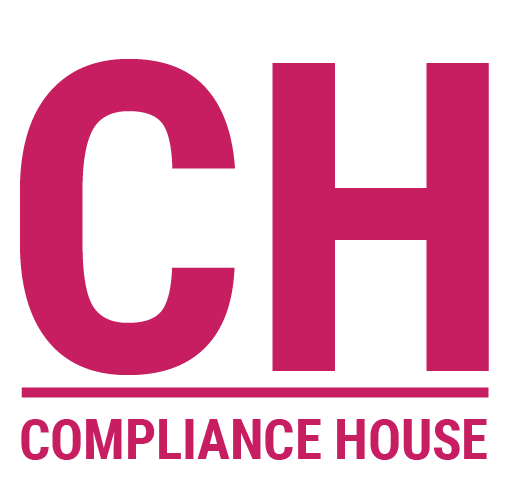When executives think about non-compliance, the first things that often come to mind are fines and legal penalties. While these are real and serious consequences, they’re just the tip of the iceberg. The true cost of non-compliance goes far deeper — touching reputation, employee morale, operational efficiency, and even market access. At Compliance House, we work with leadership teams to understand these hidden costs and take proactive steps to prevent them.
Reputational damage is often the most expensive consequence, even though it doesn’t appear on the balance sheet. In today’s hyper-connected world, news of misconduct spreads quickly. Whether it’s a labor rights violation, an environmental breach, or a corruption scandal, public trust can be lost in an instant — and rebuilding it can take years. Stakeholders, including investors and customers, are increasingly making decisions based on how much they trust an organization to act responsibly.
Employee morale and retention are also at stake. When employees perceive that unethical behavior is tolerated or goes unpunished, it undermines the credibility of leadership and the integrity of the workplace. Talented professionals are less likely to stay in environments where values are not lived out. In contrast, a strong compliance culture not only reduces risk — it also boosts employee engagement and strengthens the overall employer brand.
Operational disruption is another hidden cost. Non-compliance can result in investigations, contract terminations, supply chain delays, and increased scrutiny from regulators or third parties. These disruptions can halt business progress, drain internal resources, and divert leadership attention from strategic goals. In industries where regulatory approval or licensing is essential, non-compliance can even bring operations to a standstill.
Let’s not forget the long-term strategic cost: missed opportunities. Organizations with poor compliance records may be excluded from tenders, partnerships, or international markets. They may struggle to attract ESG-conscious investors or secure favorable financing terms. Non-compliance creates uncertainty — and uncertainty makes it harder to grow.
At Compliance House, we help organizations shift from reactive, damage-control approaches to forward-looking compliance strategies. We work with boards and senior executives to understand the broader risk landscape, implement preventative controls, and foster a culture that values integrity not as a burden, but as a business asset.
The truth is, the cost of compliance is often a fraction of the cost of non-compliance. But the return on investment goes beyond risk reduction — it supports long-term resilience, stakeholder trust, and business sustainability.
Curious about how much non-compliance could cost your organization — and how to avoid it? Contact Compliance House today for a strategic consultation and take the first step toward turning compliance into a competitive advantage.





